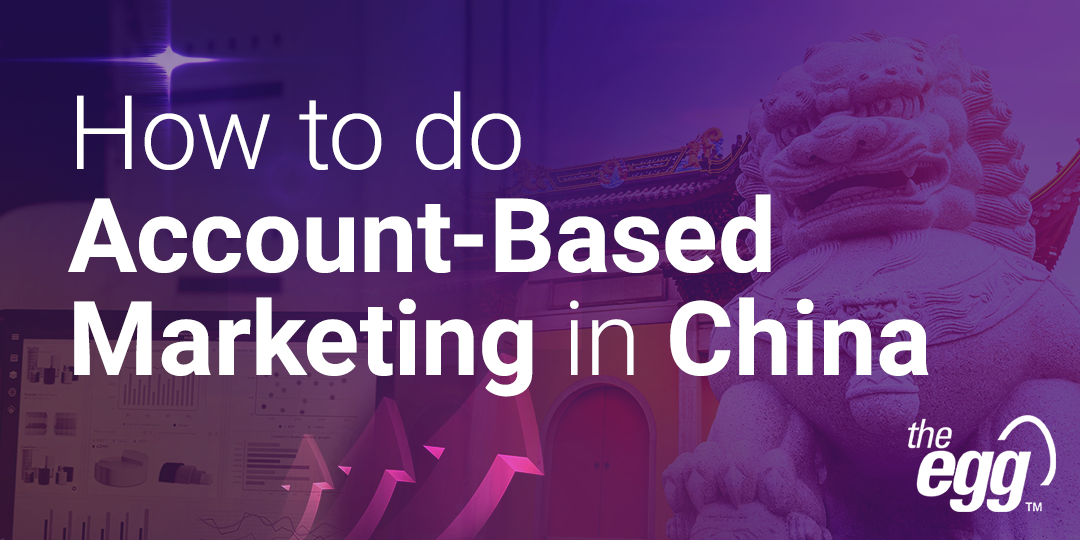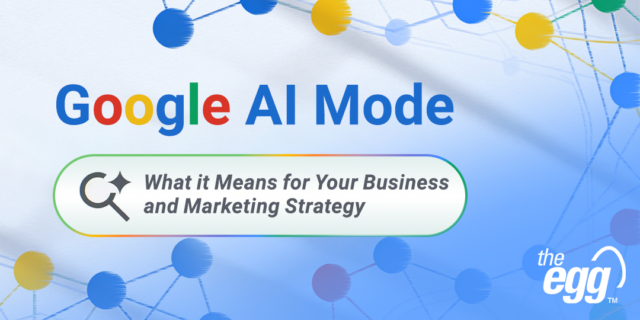How to do Account-Based Marketing in China

Account-Based Marketing (ABM) has become a key strategy for engaging high-value customers in global markets. Its focus on precision, teamwork between marketing and sales, and building strong relationships with specific clients has made it a top choice for targeting important customers worldwide.
However, in China—a market with unique digital systems, rules, and ways of doing business—ABM often faces significant challenges as a primary method for new lead acquisition. For brands looking to attract qualified leads and increase user acquisition, a more effective approach is essential.
ABM’s Western-Centric Success vs. China’s Special Challenges
In Western markets, ABM is built on a solid foundation of high-quality B2B data. This data is the engine that drives the core ABM process: it uses aggregated data to find key clients, delivers personalized content through digital channels and builds trust by staying in touch over time. This works because global markets have a well-developed ecosystem of third-party data providers that aggregate information on companies and their employees. Legal frameworks in the US and EU are permissive towards the collection and sharing of B2B data under the concept of “legitimate interest”. A predominantly online B2B buying journey creates digital footprints that data providers can use to identify purchase intent. All these factors contribute to the availability of high quality B2B data that enables the precise targeting ABM requires.
In China, though, these basics are very different. This creates problems that even the best global ABM strategies struggle to solve:
Data Ecosystems: Integrated vs. Fragmented
Western ABM relies on aggregating data (firmographics, intent, behavior) across platforms to build target account profiles. China’s landscape is a series of deeply ingrained, isolated “walled gardens” with minimal cross-platform data sharing. The dominant players like Tencent, Alibaba, and Baidu have built closed ecosystems with limited or no public-facing APIs, making it nearly impossible for third-party platforms and marketing tools to collect, aggregate, and analyze customer data from different sources. This forces businesses to rely on incomplete, platform-specific data sets, and it prevents a holistic view of a target account’s behavior, crippling the core of ABM.
Channel Dynamics: Digital-First vs. Online-Offline Hybrid
In Western markets, ABM has adapted to a largely digital-first landscape, thriving on social platforms, email, and programmatic ads. China’s B2B engagement, by contrast, is inherently hybrid: as observed in market analyses, 70% of high-value B2B interactions still occur offline (e.g., trade shows, industry forums, face-to-face negotiations), even as digital channels like WeChat and Douyin grow in importance.
ABM’s structured, account-specific campaigns—designed for consistent digital touchpoints—struggle to adapt to this mix of online and offline engagement, leaving gaps in lead coverage.
Regulatory Focus: Privacy vs. National Security
Regulations like the GDPR, while a robust privacy framework, is more permissive toward B2B data processing under the principle of “legitimate interest”. In contrast, China’s laws, driven by a strong focus on national security, do not recognize “legitimate interest” as a lawful basis for data processing, and require explicit consent for every data processing purpose, regardless of whether it’s personal or business-related. This, combined with draconian controls on cross-border data transfers, government-mandated security assessments, and severe penalties for non-compliance, creates high compliance risk for ABM’s multi-source data collection approach.
Engagement Norms: Long-Term Nurturing vs. Rapid Connection
Western ABM succeeds through long-term, personalized nurturing. However, Chinese businesses, regardless of size, prioritize speed and immediate relevance. This means lengthy ABM campaigns often miss timely engagement windows valued by prospects.
Ready to maximize your digital marketing in China?
Media buying for B2B can serve as an alternative to ABM in China
Media buying—working with industry-specific media platforms to target and engage audiences—directly fixes the ABM issues in China. Here’s how it gets better leads:
Utilizes Industry-Specific Data for Precise Targeting
ABM’s biggest problem in China is its need to combine data from different platforms—almost impossible given local data systems.
Media buying, though, does well in this environment. Industry-specific media platforms focus on particular sectors, collecting their own data on users through years of focused work. This data, kept within their own systems, doesn’t need to be shared across platforms: it’s already suited to the industry, with rich insights into what users do, what they like, and what problems they have. Unlike ABM, which wastes resources trying to put data together, media buying uses this existing, industry-specific data to target valuable potential customers precisely—all while working with China’s separate data systems.
Seamlessly Integrates Online and Offline Channels
China demands an omnichannel presence. Media platforms excel here. Industry media platforms are deeply integrated into their sectors’ systems, connecting online and offline engagement easily: they create online content that drives digital interactions, and also run offline events, trade shows, and meetings where important decisions are made.
This mix ensures your brand is seen at every step of the buying process—whether a potential customer is researching online or meeting people in person—without the complicated work ABM requires.
Ensures Regulatory Compliance
ABM’s need to collect data from many sources puts brands at risk of breaking China’s rules. Media buying removes this risk. Trusted industry media platforms put a lot of effort into following local data laws, building rule-compliant systems from the start. By working with them, brands use systems that are already set up to follow China’s rules—avoiding the problems of collecting data from many sources and saving resources to focus on engaging potential customers, not dealing with paperwork.
Optimized for Rapid Engagement Cycles
ABM’s long process of building relationships doesn’t match China’s focus on fast, meaningful connections. Media buying, though, is made for speed. Industry platforms let brands reach qualified audiences quickly, sending relevant messages at the right time—whether a potential customer is actively looking for solutions or checking out industry trends. This quickness ensures your brand doesn’t miss chances, fitting perfectly with how business works in China.
Ready to Get More Leads in China?
Our team specializes in using media buying to help global brands succeed in China, from finding the right industry partners to creating campaigns that connect.
Ready to convert prospects into sign-ups? Get in touch today to see how we can make a plan for your brand.





